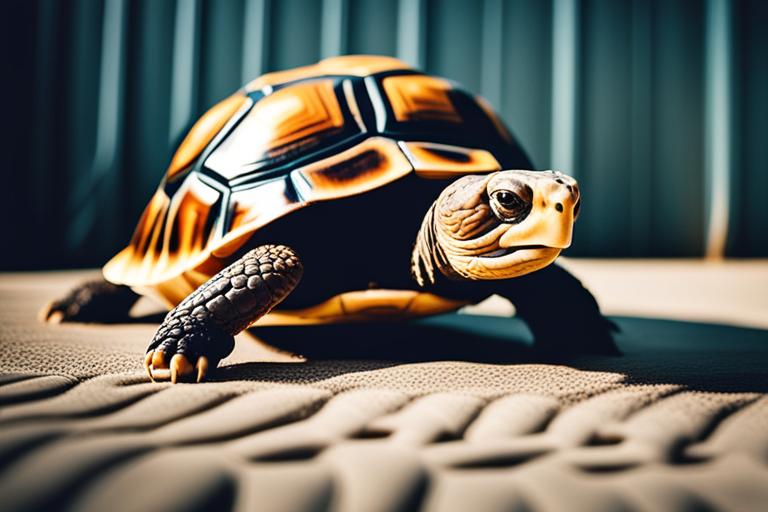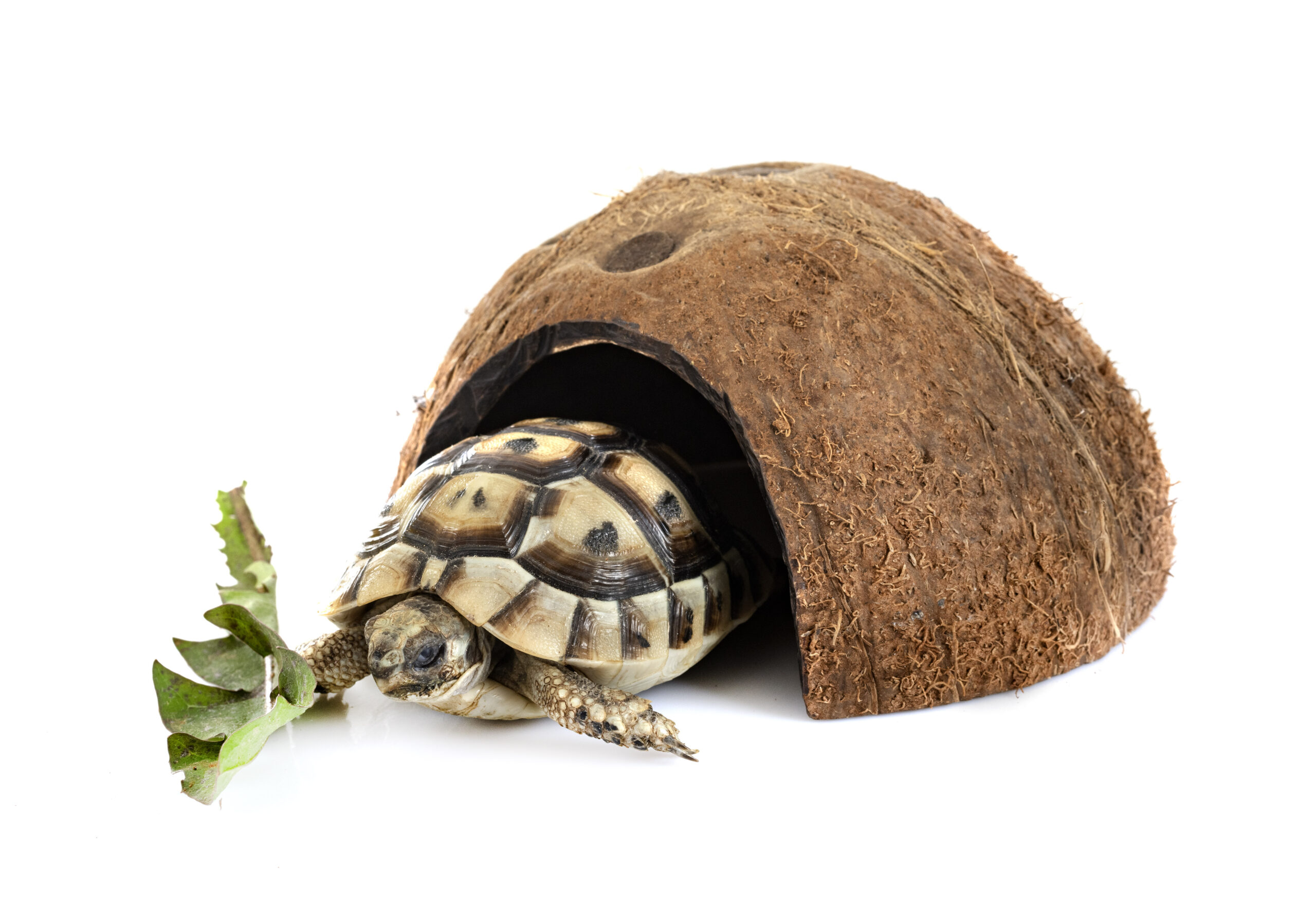Are tortoises cold-blooded? Yes, tortoises are cold-blooded animals that rely on external heat sources to regulate their body temperature. In this article, well explore the specifics of tortoise temperature regulation, including the temperature range they need to be kept in for optimal health and how to monitor it effectively. Additionally, we’ll provide information on the different types of tortoises and how their temperature regulation may differ.

Cold-Blooded vs. Warm-Blooded Animals
Before we dive into the specifics of tortoise temperature regulation, its important to understand the difference between cold-blooded and warm-blooded animals. Cold-blooded animals, also known as ectotherms, have a body temperature regulated by the environment around them. Warm-blooded animals, on the other hand, are endotherms, which means they can regulate their body temperature internally.
Reptiles, fish, and insects are examples of cold-blooded animals while birds and mammals are warm-blooded. Cold-blooded animals rely on external heat sources like the sun or warm water to raise their body temperature and become active. When the temperature drops, they become lethargic and slow. Warm-blooded animals can maintain a constant body temperature regardless of the external environment. This means they can stay active even in cold weather.
Tortoises are Cold-Blooded – What Does That Mean?
- Cold-blooded animals rely on their environment to regulate their body temperature.
- Tortoises are ectothermic, meaning their body temperature is dependent on the temperature of their surroundings.

Tortoise Temperature Regulation
| Species of Tortoise | Optimal Temperature Range |
|---|---|
| Russian Tortoise | 75°F to 85°F (24°C to 29°C) |
| Desert Tortoise | 80°F to 95°F (27°C to 35°C) |
| Greek Tortoise | 75°F to 85°F (24°C to 29°C) |
| Sulcata Tortoise | 75°F to 85°F (24°C to 29°C) |
| Leopard Tortoise | 75°F to 85°F (24°C to 29°C) |
Tortoises are ectothermic, which means they cannot regulate their body temperature internally and rely on external heat sources to warm up. The optimal temperature range for most tortoise species is between 75°F to 85°F (24°C to 29°C). Tortoises have several adaptations to help them regulate their body temperature. They can move to different areas to find warmer or cooler temperatures, like moving into the shade or burrowing into the ground to escape the heat.

Adaptations for Temperature Regulation
Even though tortoises rely on external heat sources, they have several adaptations to help them regulate their body temperature. Their shells are made of a material called keratin, which is a poor conductor of heat. This helps to insulate the tortoises body and prevent heat loss.
Tortoises also have a unique respiratory system that allows them to conserve water and regulate their body temperature. When a tortoise breathes out, the air that is expelled is cooler than the air it takes in. This helps to lower the temperature of the tortoises body, which can be a useful adaptation in hot environments.

Keeping Tortoises as Pets
If youre considering keeping a tortoise as a pet, its important to provide them with the appropriate temperature zones, so they can move around and find the temperature that suits them best. You should also monitor the temperature in their enclosure regularly to ensure it stays within a safe range.
Different species of tortoise have different temperature requirements, so its essential to research your specific tortoise’s needs. For example, desert tortoises require a temperature range of 80°F to 95°F (27°C to 35°C), while Russian tortoises prefer a temperature range of 75°F to 85°F (24°C to 29°C).
Personal Experience: Struggling to Keep My Pet Tortoise Warm
When I first got my pet tortoise, I was under the impression that all I had to do was provide it with food and water, and it would be happy. However, during the winter months, I noticed that my tortoise became increasingly lethargic and stopped eating altogether. I soon realized that the temperature in my house was too cold for my tortoise to regulate its body temperature properly.
I tried everything from putting a heat lamp near its enclosure to moving it to a warmer room, but nothing seemed to work. I even consulted with a veterinarian who specialized in reptiles, but even they were stumped.
It wasn’t until I did some research on tortoise temperature regulation that I discovered that they are not actually cold-blooded, but rather ectothermic. This means that while they do not produce their own body heat like warm-blooded animals, they can still regulate their body temperature to some extent based on their environment.
After doing more research, I invested in a ceramic heat emitter and a thermostat to keep my tortoise’s enclosure at the proper temperature. Since then, my tortoise has been much happier and healthier, and I’ve learned a valuable lesson about the importance of proper temperature regulation for ectothermic animals like tortoises.
Conclusion
In conclusion, tortoises are fascinating creatures with unique adaptations that help them survive in their environment. Understanding their temperature regulation is crucial for their care as pets. Tortoises are cold-blooded animals that rely on external heat sources to regulate their body temperature. If youre considering keeping a tortoise as a pet, its important to provide them with the appropriate temperature zones and regularly monitor their enclosure to ensure they stay healthy and happy. Researching the specific temperature requirements of your tortoise species and providing them with the optimal temperature range is essential for their well-being.
Questions & Answers
Who determines if tortoises are cold-blooded?
Tortoises are reptiles and are universally acknowledged to be cold-blooded.
What does it mean for a tortoise to be cold-blooded?
Tortoises can’t regulate their body temperature, so they rely on external sources of heat.
How can I ensure my tortoise stays warm enough?
Provide a heat source, such as a basking lamp or heated pad, and monitor the temperature regularly.
Who should I contact if my tortoise is exhibiting signs of hypothermia?
Contact a veterinarian who specializes in reptiles immediately if you suspect hypothermia.
What are some signs that my tortoise is too cold?
Signs of hypothermia include lethargy, lack of appetite, and a decrease in activity levels.
How do I handle objections to providing heat for my tortoise?
Remind objectors that tortoises are cold-blooded and require external heat sources to thrive.







